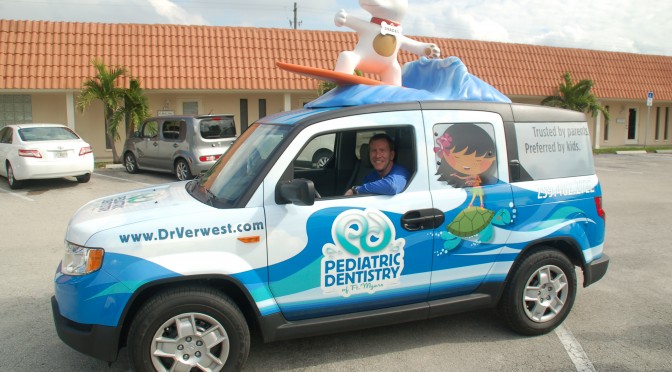
Local Dentist Recognized as America’s Best Dentist for 2016
The National Consumer Advisory Board has named Pediatric Dentistry of Ft. Myers, Dr. Tim M. Verwest, DMD one of America’s Best Dentist for 2016. Selections[…]
Baby pacifiers: Pros and cons
Should parents let their infant use a pacifier? According to the Academy of General Dentistry (AGD), there are benefits as well as a downside to[…]
5 tips to keep teeth healthy over the holidays
No matter how much you love your dentist, he or she probably doesn’t top the list of people you want to spend quality time with[…]
Use the Tooth Fairy as a teaching tool
In 2013, the Tooth Fairy visited 86 percent of U.S. homes with children who lost a tooth. What kid doesn’t love a magical fairy that[…]
Help With Sensitive Teeth
One of the most common dental complaints involves sensitive teeth. Whether it’s biting into a cold ice cream cone or drinking a hot beverage, the[…]
Preventing Tooth Decay
If you think cavities are an inevitable part of childhood, think again; tooth decay, which is actually an infectious disease caused by bacteria, is completely[…]
The Tooth-y Two’s: How to Care for Your Toddler’s Teeth
Ahhh, the terrific two’s. (That is the saying, right?) By now your child is sprouting some pearly whites, you’ve already been in to see the[…]
